“The idea was to provide assistance on a broad scale and in record time to the police forces who were working to defend us,” says Yannick Meylan. The suspects’ description was rapidly shared by thousands of social network users and led to their arrest: just five hours after the attempted robbery, the pair were located and arrested.
Vevey, on the shores of Lake Geneva. This quiet town was recently shaken by a violent robbery attempt against one of its jewelry stores. The owner managed to catch one of the thieves but two others escaped. When the owner’s son arrived at the store, he found his father injured. His first reaction was to retrieve the CCTV video in order to identify the robbers and inform the police. He also decided to share the images using the social networks.
“Well I think it’s positive: the criminals were arrested,” says Yannick Meylan. “They won’t cause any harm to anyone else in the coming months. I believe this kind of tool should be used in partnership with the authorities.”
In that case, it proved efficient. But using social networks to identify criminal suspects is illegal: only the police and the judiciary are allowed to do so.
The shores of Lake Geneva
“What’s certain is that it is a tool used by the police but they don’t use it systematically,” says Olivier Guéniat, police commander at Neuchâtel. “It has to be given proper thought, because there are certain basic notions regarding the so-called “judicial food chain”, which include the right to be forgotten, the presumption of innocence and the principle of proportionality. There has to be some thought behind it. So it is inappropriate for citizens to stand in for the state through this kind of action. People are much harsher than the law, people are terribly vindictive, when you talk to them you find that people are much more vindictive than the rule of law.”
In many cases, the police are not even aware of suspects’ descriptions being broadcast over the internet.
